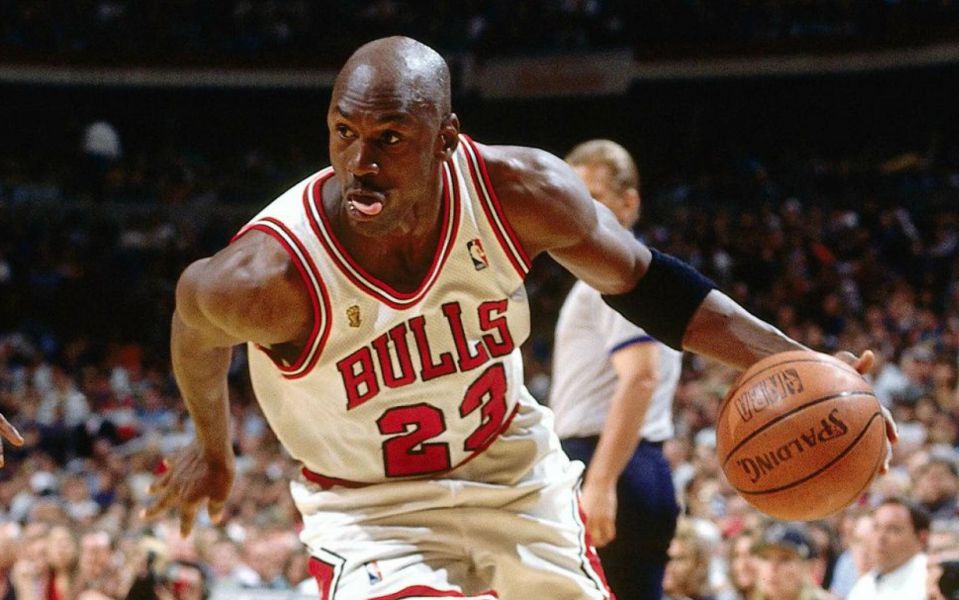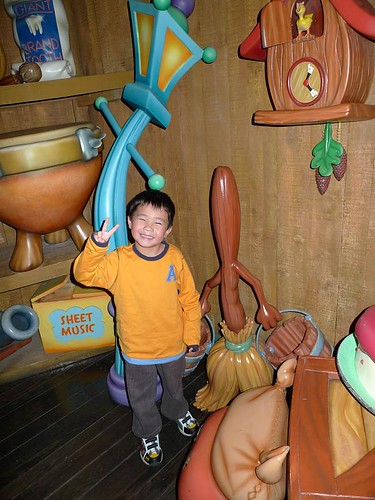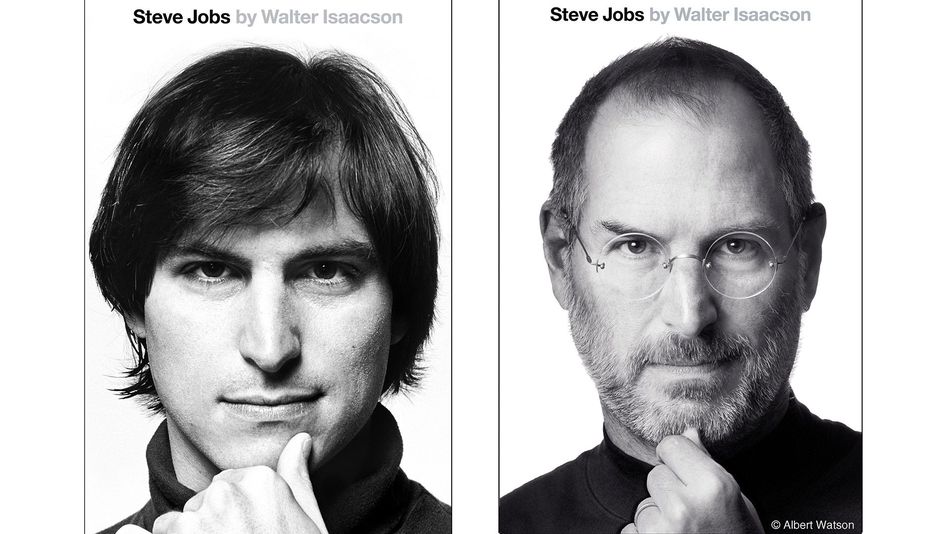Leading investor and serial entrepreneur J. Christopher Burch has more than 30 years of experience in various technology and luxury brands, including Aliph (Jawbone), NextJump, and Tory Burch. At a talk given at the Asia Fashion Summit recently, he shared about his experience with C. Wonder – a fast growing apparel, accessories and home décor retailer, and how he built a strong retail brand focused heavily on delighting customers and meeting their lifestyle needs.
Predicated on the concept of the customer being “our girl”, the customer experience in C. Wonder stores are predicated on “service credos” such as the following:









